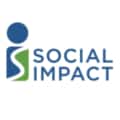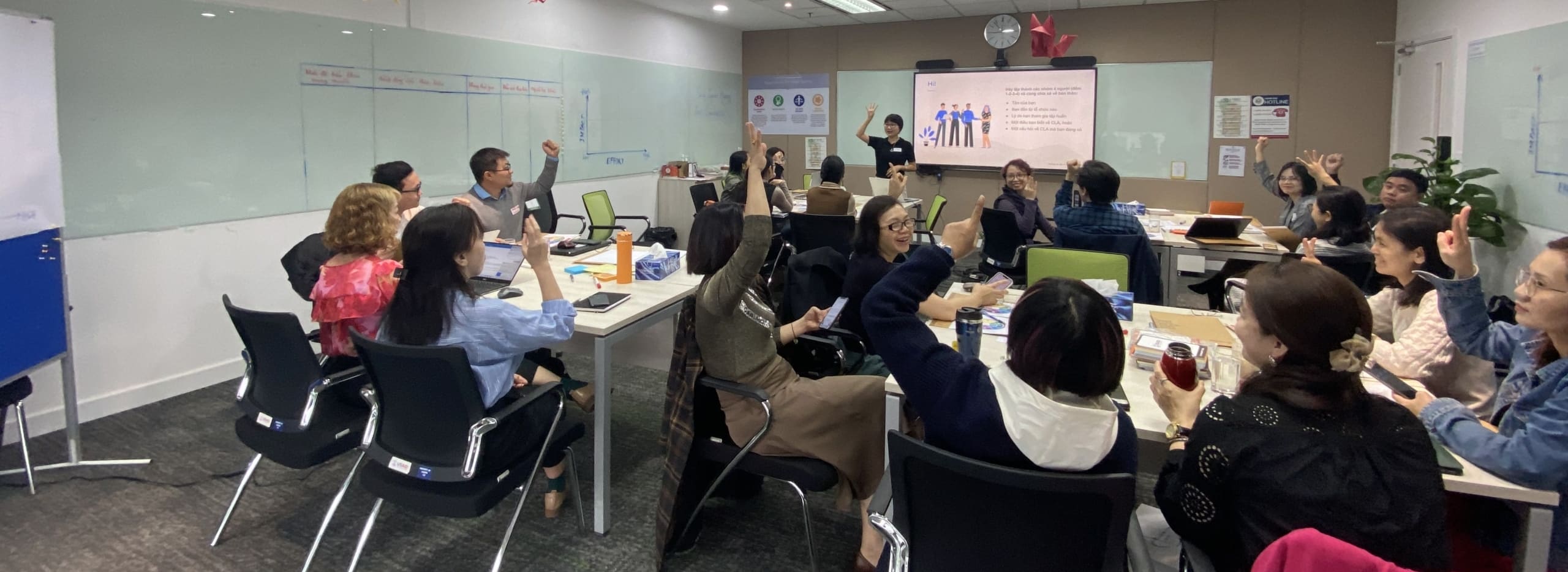This is the fourth blog of our 12-month series on deep dives into BRIDGE 2.0. Check out our previous blogs on what we learned and actions organizations can take to advance equity and inclusion. Benchmarking Race, Inclusion, and Diversity in Global Engagement (BRIDGE) is an institutional survey that assesses the state of diversity, equity, and inclusion in the global development sector. Read the full report: BRIDGE 2.0 report.
In the ever-evolving landscape of the global workforce, the imperative for diversity, equity, and inclusion (DEI) has never been more pronounced. We are the architects of our organizations’ design, tasked with weaving DEI into the very core of our recruitment and retention strategies. Most BRIDGE 2.0 survey respondents noted that their DEI policies support diversity in recruitment, but policies must also cover engagement, retention, and advancement for underrepresented groups so that internal superstars can also move into positions of power. However, just having a policy in place or a goal in a strategic plan is not enough. Those policies must be implemented to shift DEI outcomes. The suggestions below identify a foundational series of actionable strategies and insights to foster an inclusive workplace that not only attracts a diverse talent pool but also nurtures and retains it.
Recruitment Best Practices for a Diverse Workforce
- Promote from Within: Consider internal recruitment before the external market. Promoting rising stars from underrepresented groups shows employees your company sees and values the work they do, and that your company walks the talk in terms of career development and professional growth, as well as DEI. Encourage diversity by offering internal candidates opportunities for advancement, particularly those from underrepresented groups who have been identified as high-potential and may eventually move into positions of power in the organization.
- Widen the Recruitment Net: Traditional recruitment methods often limit the diversity of applicants. Expand your search by partnering with minority-focused job boards, professional associations, and educational institutions. Utilize social media and employee referral programs and encourage current employees to refer candidates from diverse backgrounds.
- Cultivate a Diverse Talent Pipeline: To build a workforce that reflects the diverse makeup of our society, we must look beyond traditional talent sources. This means forging connections with historically black colleges and universities (HBCUs), women’s colleges, and institutions serving underrepresented groups.
- Bias-Free Job Descriptions: Language matters. Ensure job descriptions are neutral and inclusive, avoiding gender-coded words or cultural biases.
- Diversity Training for Recruiters: Provide training for your recruitment team on diversity and inclusion, unconscious bias, and culturally competent interviewing techniques.
- Inclusive Interviewing Panels: Assemble diverse interview panels that can offer varied perspectives and mitigate individual biases. This practice not only promotes fairness but also signals to candidates your organization’s commitment to diversity.
- Structured Interviews: Standardize interview questions and evaluate candidates based on predetermined criteria. This minimizes unconscious bias and ensures a fair assessment of all candidates.
Retention Strategies That Keep Your Diverse Talent Thriving
- Career Development Programs for Current Employees: Provide clear pathways for advancement. Invest in current staff to foster internal advancement through training programs that prepare internal candidates for future roles. Offer scholarships or reimbursements for courses that enhance current employees’ skills and help them gain competency in areas that are required for more senior roles in the organization.
- Professional Development and Growth: Offer tailored professional development opportunities that address the unique needs and aspirations of diverse employees. Leadership development programs, skill-building workshops, and cross-functional project opportunities can all contribute to an employee’s growth and satisfaction.
- Fostering a Supportive Work Environment: Implement policies and practices that support work-life balance, such as flexible working hours, remote work options, flexible schedules, part-time schedules, and generous parental leave. These policies can be particularly beneficial for retaining employees from underrepresented groups to accommodate different lifestyles and responsibilities and provide support to those who may have different needs.
- Mentorship Programs: Establish mentorship programs that pair less experienced employees with more seasoned professionals. This can help with professional development and career progression.
- Recognition and Reward Systems: Implement systems that recognize and reward contributions from all employees, ensuring that recognition is fair and equitable. Establish a clear and concise Compensation Philosophy in which decisions are grounded and that promotes fairness across the organization.
- Regular Market Assessments: Conduct regular, ongoing reviews of external market data to ensure that salary levels are competitive and that compensation and benefits-related practices are aligned with best practices and continue to make sense for the organization.
- Inclusive Onboarding: Have an inclusive onboarding process that sets the tone for new hires. Pair them with mentors who can guide them through the company culture and help them network within the organization.
- Accessibility: Ensure that your workplace is accessible to people with disabilities. This includes physical accessibility as well as accommodations like assistive technologies and flexible workspaces.
- Employee Resource Groups (ERGs): Support the formation of ERGs where employees can find community and support. These groups can also provide valuable insights into the needs of diverse employee populations.
The hard work doesn’t stop here. To continuously improve and adapt, we must commit to holding ourselves accountable for the outcomes of our DEI efforts and must be willing to make difficult decisions when something is not working the way we intended. As noted in the BRIDGE 2.0 conclusions, “High-quality data about staff diversity, as well as staff experience (including equity and inclusion), are the fundamental building blocks for accountability. Paired with greater transparency, even internally within the organization, can promote a culture of accountability”. This means regularly measuring the successes and failures of our DEI efforts through:
- Employee Feedback: Regularly collect and act upon employee feedback to improve DEI efforts and workplace culture. This can be done through focus groups, online feedback forms, or anonymous feedback.
- Employee Surveys: Use employee surveys to gauge the sentiment around DEI in the workplace. This can inform adjustments to your strategies.
- DEI Metrics: Track diversity metrics and set clear goals. Regularly review these metrics to assess the effectiveness of your recruitment and retention strategies.
- Disaggregated Data: Collect and analyze data on gender, race, disability, and veteran status, along with other demographic data to reveal underlying trends, patterns, or insights that are not observable in aggregated datasets. This can help to identify disparities in approaches and practices and allow for targeted interventions to correct problem areas.
- Pay Equity Analyses: Conduct regular pay audits to ensure fair compensation across all levels and demographics within your organization. Addressing pay disparities is crucial for maintaining trust and equity.
The journey toward an inclusive workplace is ongoing and dynamic. It requires a strategic approach, a commitment to continuous learning, a willingness to adapt, the fortitude to make difficult decisions, the courage to share and collect input on our efforts, and the commitment to hold ourselves accountable for the results. By embracing these strategies, we can lead the charge in creating workplaces where diversity is not just present but is celebrated, where equity is the standard, and where inclusion is the culture.
______
Quanita Pokolo-Hassell is an accomplished human resources leader with over two decades of success in policy development, staffing, training, government compliance, compensation and benefits. Quanita currently serves as the Senior Vice President of Human Resources at ACDI/VOCA where she strategically manages the day-to-day human resources operations for global operations across multiple offices, implementing key initiatives around management support in partnership with CEO’s and other executives. She is recognized for creating a customer-focused human resources function and leading efforts to ensure employee experience is exceptional.
Stephen McGillivray is the Senior Director of Compensation for ACDI/VOCA. His work centers on crafting compensation strategies that ensure external competitiveness, while keeping a focus on transparency, internal equity, and staff retention. He also works closely with ACDI/VOCA’s recruiting team to refine talent acquisition strategies that promote diversity and help to foster an inclusive work environment.









